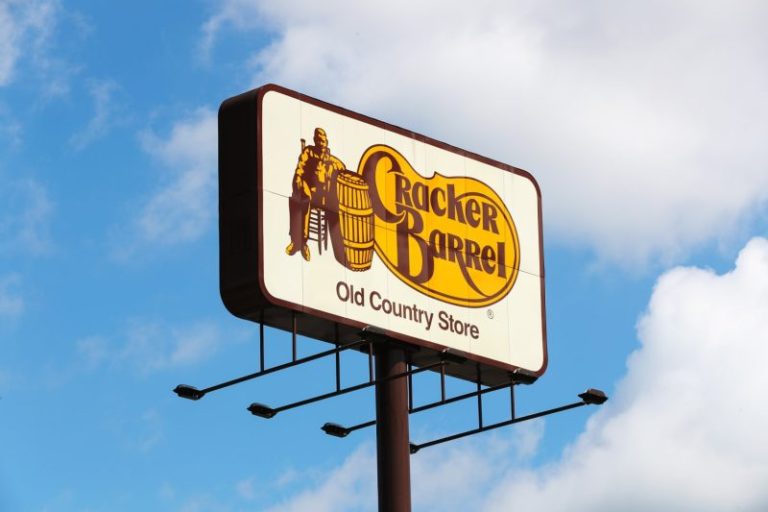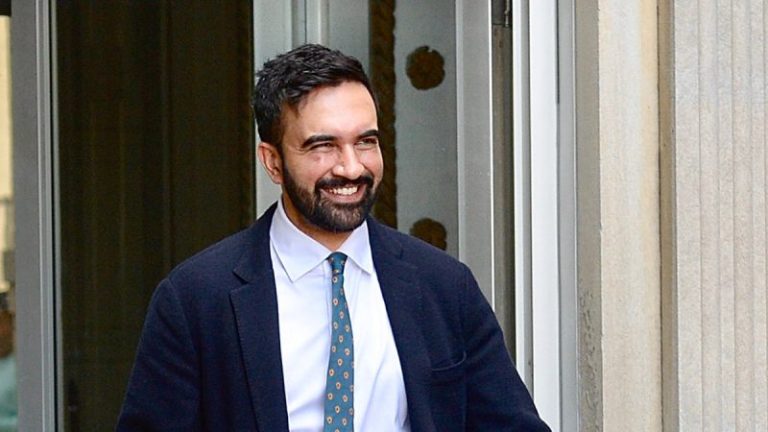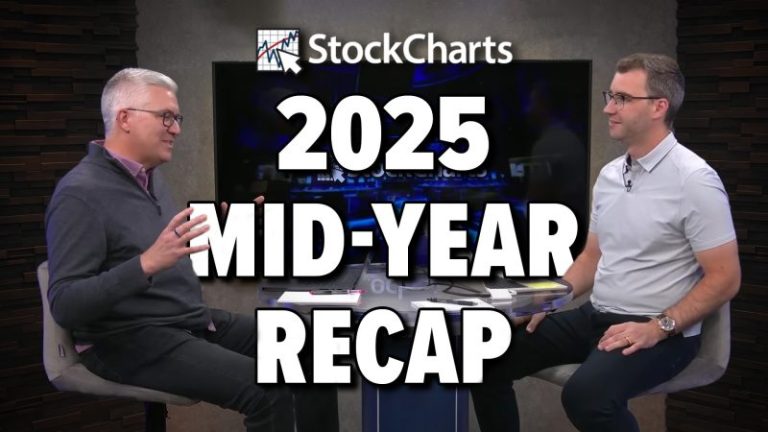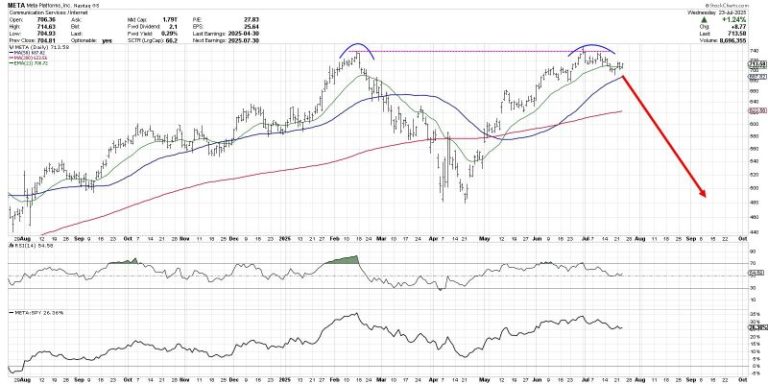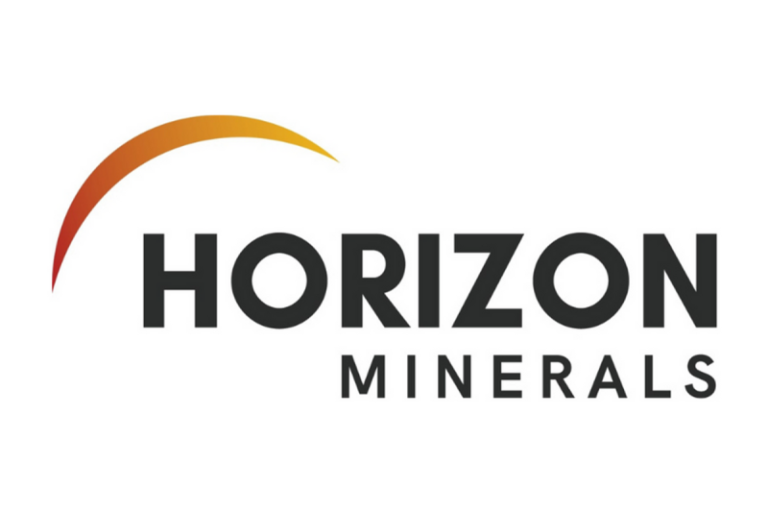The White House made headlines this week by finally joining TikTok. As someone who has been urging Republican leadership to modernize our outreach to young people for years, I believe this is a long-overdue step in the right direction. But joining TikTok isn’t enough on its own. To win over the next generation of voters, this White House must go further — and faster.
President Trump’s political comeback in 2024 wasn’t a fluke. It was built on connecting with youth voters in ways no Republican had ever tried before. When he tapped me to come on as chair of the RNC’s inaugural Youth Advisory Council in 2023, I told party leaders bluntly that the days of relying on a Sunday newspaper ad to deliver the GOP’s message were over. My generation doesn’t read the classifieds — we scroll feeds. We share memes. We stream podcasts. We are digital natives, and any party serious about winning our support has to meet us where we are.
That’s exactly what President Trump did. He embraced new platforms, leaned into long-form podcasts, and even launched a TikTok account that quickly became the fastest-growing account in the platform’s history. The results spoke for themselves. Nationally, 46% of Gen Z backed Trump in 2024, a 10-point surge from 2020. In Wisconsin, Republican support among 18-to-29-year-olds jumped from 36% in 2020 to 48% in 2024. That is a generational shift in motion.
But the work is far from over. The GOP holds the House at 218 seats — a razor-thin margin — and the results showed clear divides among young voters. Young men trended right while young women leaned left, especially on issues like abortion. The takeaway is obvious: Republicans can’t take their foot off the gas when it comes to modern youth outreach.
And here’s the truth: if Republicans don’t stay in the game, others will. My peers are not only watching President Trump — they’re also listening to progressive Rep. Alexandria Ocasio-Cortez, D-N.Y. and even far-left figures like democratic socialist Zohran Mamdani, who could soon be mayor of New York City.
Many in Gen Z are flirting with socialism because those voices are showing up online and on campus in ways conservatives too often don’t. If the White House and the GOP want to cement Gen Z gains, they need to get in the game now — not two years from now.
Here are three ways the White House can seize this moment:
1. Launch a White House Podcast — The Modern Fireside Chat
One of the biggest turning points in 2023 came when Trump started appearing on popular podcasts. These weren’t 7-minute cable news hits clipped for social media. They were long, unfiltered, authentic conversations lasting up to three hours. And they reached tens — sometimes hundreds — of millions of people, many of them first-time voters.
Young Americans are drowning in student debt, struggling to afford eggs, and working two jobs. They’re not paying for cable bundles. They’re streaming on YouTube and Spotify. That’s why podcasts were so effective — because they met people where they already were.
Now that he’s back in the Oval Office, President Trump should take it further by hosting a monthly White House podcast. Thirty minutes, once a month. It would be the modern equivalent of FDR’s fireside chats: a direct, unfiltered line from the president to the people. That kind of accessibility would deepen his connection with young voters and bypass the hostile filter of legacy media.
2. Take a Campus Speaking Tour
This May, just before he walked on stage to deliver the commencement address at the University of Alabama, I had the opportunity to meet with President Trump one-on-one. I told him directly: my peers don’t just want to see their president online — they want to see him on campus.
The impact of a campus speaking tour would be enormous. Universities are the beating heart of Gen Z political culture. Too often, conservatives have ceded that ground to the Left. But when Trump goes into these spaces — whether it’s a stadium filled with graduates in Alabama or a rally near a college town — students show up. And they listen.
The Kamala Harris campaign’s approach to keeping their monopoly on Gen Z last November was a political consultant’s fever dream: using trendy phrases like ‘joy’ in messaging, posting TikTok trends, and bringing our A-List celebrities. Up until that point, they executed the perfect made-in-a-lab playbook to win over my peers, but there was just one problem: she screamed at us instead of talking to us.
There’s a difference between standing on stage next to Beyoncé and thinking that’s all you have to do to win over America’s youngest voters, and actually taking the time to fly to college campuses and throw out hot dogs in the student section like President Trump did in Tuscaloosa last October.
Remember when the world was shocked when Trump descended on the Bronx for a rally in a territory Republicans never talked about much less visited? That same feeling of excitement–of an unseen community being seen–could happen again if the president held a speech on Harvard’s campus.
Imagine a presidential speaking tour that takes him to major universities across the country, not just red states but swing states where young voters could decide the balance of power in 2026. Hearing directly from the president of the United States, not filtered through CNN or MSNBC, would cut through the noise and give students a chance to engage with conservative ideas firsthand.
3. Keep the TikTok Account Active
Trump’s TikTok account broke records as the fastest-growing in the platform’s history. That momentum cannot go to waste now that the campaign is over. TikTok is where millions of young Americans spend their time, and the White House should treat it as a permanent tool for outreach, not just a campaign gimmick.
Behind-the-scenes videos, short policy explainers, and even lighter content showing the human side of the presidency would reach audiences that traditional news outlets will never touch. TikTok’s algorithm thrives on authenticity, and the White House has the chance to use it as a window into The People’s House — not just a political stage.
President Trump’s youth outreach strategy helped rewrite the rules of American politics. It showed Republicans that Gen Z isn’t a lost cause. In fact, we are trending conservative faster than any recent generation. But winning our support takes effort. It takes consistency. And it takes meeting us where we live — online and on campus.
Joining TikTok is a good move, but it must be the beginning, not the end. A monthly White House podcast, a presidential campus tour and a daily energetic presence on TikTok would send a clear message: this president isn’t just talking at young people — he’s talking with us. That’s how you prevent Gen Z from drifting toward AOC or Zohran Mamdani and instead lock in a generation for the conservative movement.
This post appeared first on FOX NEWS

